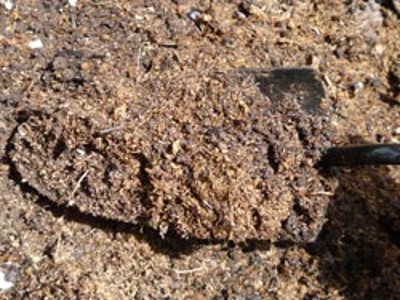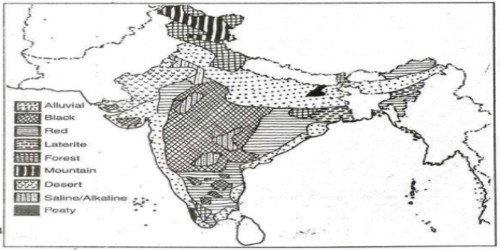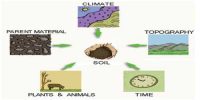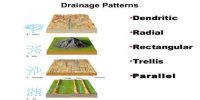Peaty Soils in Indian Subcontinent
Peaty soil is a darker soil and feels damp and spongy due to its higher levels of peat. They are found in the areas of heavy rainfall and high humidity, where there is a good growth of vegetation. It is great for growth when blended with the rich organic matter, compost, and lime to reduce the acidity. Peat soil started forming over 9,000 years ago, with the rapid melting of glaciers.

Thus, a large quantity of dead organic matter accumulates in these areas, and this gives a rich humus and organic content to the soil. Organic matter in these soils may go even up to 40-50 percent. These soils are normally heavy and black in color. At many places, they are alkaline also. It occurs widely in the northern part of Bihar, the southern part of Uttaranchal and the coastal areas of West Bengal, Orissa, and Tamil Nadu.
Peat contains acidic water, but growers use it to regulate soil chemistry or pH levels as well as an agent of disease control for the soil. Vegetable crops such as Brassicas, legumes, root crops and salad crops do well in well-drained peaty soils. These are black colored, heavy, and highly acidic soils. When properly drained and fertilized, these soils produce good crops of rice.















